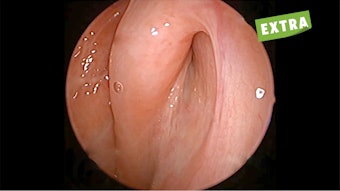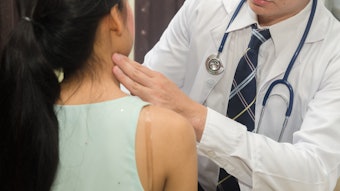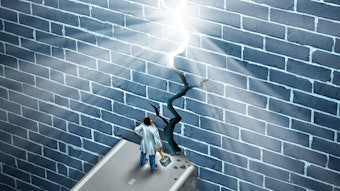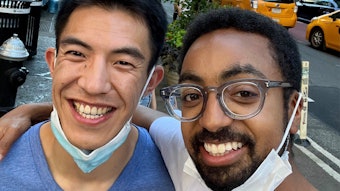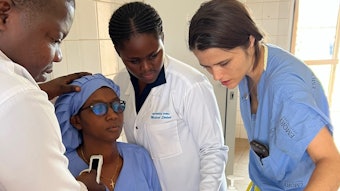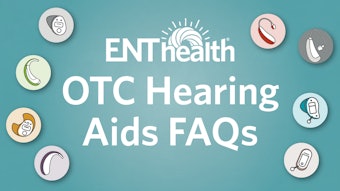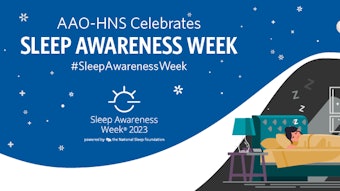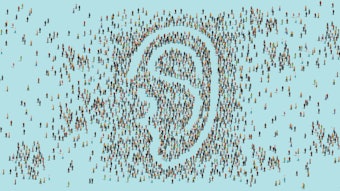Sleep Awareness: Tips for Jet Lag
As the number of COVID cases decreases, airline travel is increasing, as is the need to help with jet lag for ourselves and our patients.
Allison K. Ikeda, MD, MS, member, and Ofer Jacobowitz, MD, PhD, Chair, Sleep Disorders Committee
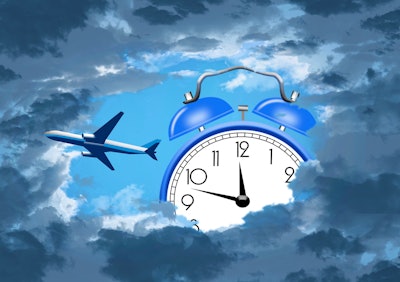
Jet lag typically occurs with long-distance air travel, when crossing three time zones. With circadian rhythm misalignment, you may have trouble adjusting your sleep-wake cycle and other bodily rhythms to the new time zone. This may lead to feeling sleepy during the day, having difficulty functioning during the day, or not being able to fall sleep at an appropriate time.
The severity of jet lag depends on how many time zones you cross and in which direction. Often flying east is much more disruptive, compared with flying west. A rough estimation for the duration of the adjustment is one day per time zone crossed. The ability to adjust to jet lag also varies among individuals.
Jet lag is a temporary condition and resolves when the internal clock adjusts to the new time zone. However, for certain populations, such as pilots and business travelers, the chronic state of an out-of-sync circadian rhythm can lead to other sleep disorders, such as insomnia.
Common sleep disorder symptoms include:
- Trouble falling asleep at night: You may have difficulty falling asleep at night, or you may wake earlier than you desire in the morning. You may also have more fragmented sleep quality.
- Impaired cognitive function: You may have difficulty remembering or concentrating. You may feel disoriented.
- Emotional stress: You may feel more irritable or stressed.
- Stomach problems: You may have reduced appetite, nausea, or constipation.
- Sensation of malaise
- Impaired physical function: Peak physical function can be affected, for example, for athletes.
Diagnosis
- According to the American Academy of Sleep Medicine, if you answer “yes:” to the following questions, then you may have jet lag.1
- Have you traveled by air across at least two time zones?
- Do you have trouble sleeping, or are you very sleepy during the day?
- Do you have difficulty functioning normally or have a feeling of mild sickness or stomach problems within one to two days after travel?
How to Manage Jet Lag?
- Plan ahead
- Getting sufficient or additional sleep several nights before travel can help you by “banking” sleep. To help plan adjustment to the new time zone, apps are available to assist in preparing, such as Jet Lag Rooster by Sleepopolis. You provide the departure city/date/time and arrival city/date/time, and the app provides a schedule of sleep and wake adjustments prior to departure to minimize the effects of jet lag. In addition, intake of melatonin (explained next) and altering the timing of light exposure are used to help adjust the internal clock before and/or after arrival at the new time zone.
- Melatonin
- Melatonin is produced by the pineal gland and signals the brain to fall sleep. It can be used to phase shift your sleep earlier by taking it in the late afternoon/early evening; however, taking it at the wrong time can further misalign your internal clock (Figure 1). In the United States, melatonin is sold as a supplement and is not well regulated, thus there is variability in actual content of melatonin relative to the dose on the label.
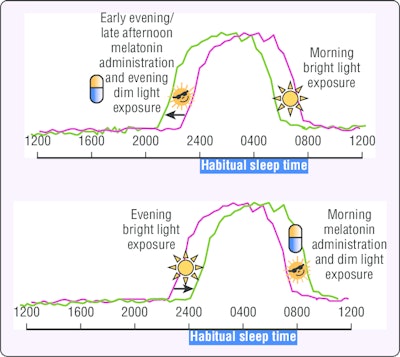 Figure 1. Using light and melatonin to phase shift the internal biological time. When you are trying to advance your sleep phase, taking melatonin in the late afternoon/early evening and having dim light exposure before bed are helpful. Then in the morning, having bright light therapy within three hours of waking can be helpful. Conversely, if you want to delay your sleep phase, having bright light exposure in the evenings and melatonin and dim light exposure in the mornings can be helpful. From Rogers NL, Phan O, Kennaway DJ, Dawson, D. Effect of daytime oral melatonin administration on neurobehavioral performance in humans. J Pineal Res. 1998;25:47-53.
Figure 1. Using light and melatonin to phase shift the internal biological time. When you are trying to advance your sleep phase, taking melatonin in the late afternoon/early evening and having dim light exposure before bed are helpful. Then in the morning, having bright light therapy within three hours of waking can be helpful. Conversely, if you want to delay your sleep phase, having bright light exposure in the evenings and melatonin and dim light exposure in the mornings can be helpful. From Rogers NL, Phan O, Kennaway DJ, Dawson, D. Effect of daytime oral melatonin administration on neurobehavioral performance in humans. J Pineal Res. 1998;25:47-53.
- Sun exposure and bright light therapy
- The sun is the most powerful regulator of the sleep-wake cycle and can be used to shift the internal clock. Sun exposure after landing in a new location can assist in adjusting your body to the new time zone. Alternatively, artificial light at certain times can help reinforce your body’s interval clock. Scheduling early morning light therapy could be beneficial, if traveling east. Light therapy can be supplied by special light boxes or dawn simulators.
- Importantly, mistiming exposure to light therapy can be detrimental to circadian alignment. At certain times, light exposure can either advance or delay your internal clock (Figure 1).
- Minimize caffeine and alcohol consumption during travel
- It is recommended to reduce caffeine and alcohol intake during travel because it can impact your sleep-wake phase and cause dehydration. Drink plenty of water during the flights.
- Exercise
- Some research suggests that moderate exercise can help adjust to a new time zone and also provides light exposure when performed outdoors at the right time.
- When all else fails
- When circadian rhythm misalignment is too severe to gradually shift, for example, a 10-hour shift, it may be best to simply try to adjust the new zone by exposing oneself to daylight and exercising moderately. If the trip is short, some may prefer to stay at their home time zone’s schedule, if possible, and not shift.
Sample Jet Lag Planning
Traveling from New York City to London: In this situation, there is five-hour time difference, and you want to advance your sleep phase. In the days leading up to travel, you should aim for early morning light exposure an hour earlier each morning to advance your sleep phase. At the same time, light avoidance should be used in the evening and wearing blue light filtering glasses, if desired.
Traveling from London to New York City: This is the reverse of the above, where you would use evening light exposure to delay your sleep phase to be later to match the arrival destination’s time zone, which in this case would be five hours.
References
- Reeba Mathew VS. What is jet lag? Published August 2020. AccessedJanuary 31, 2023. https://sleepeducation.org/sleep-disorders/jet-lag/
- Suni, E., Singh A. Jet lag and sleep. Updated November 3, 2022. Accessed February 5, 2023. https://www.sleepfoundation.org/travel-and-sleep/jet-lag

